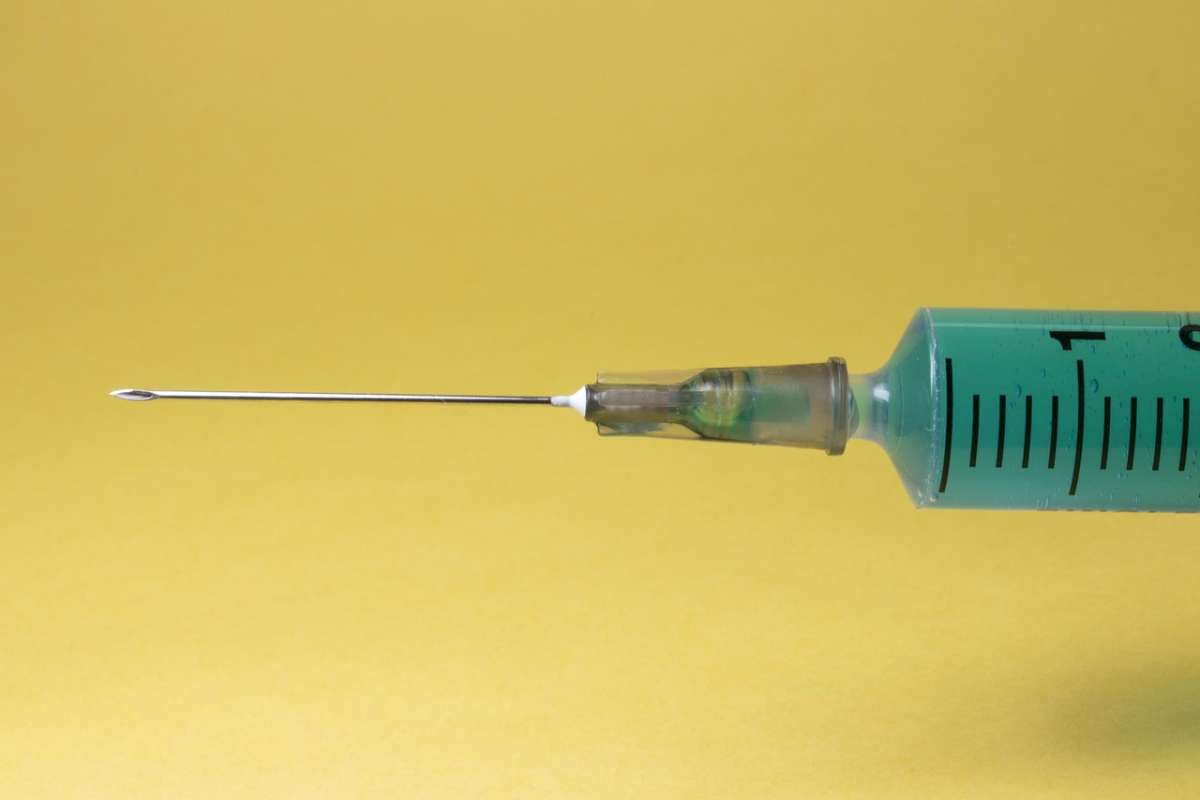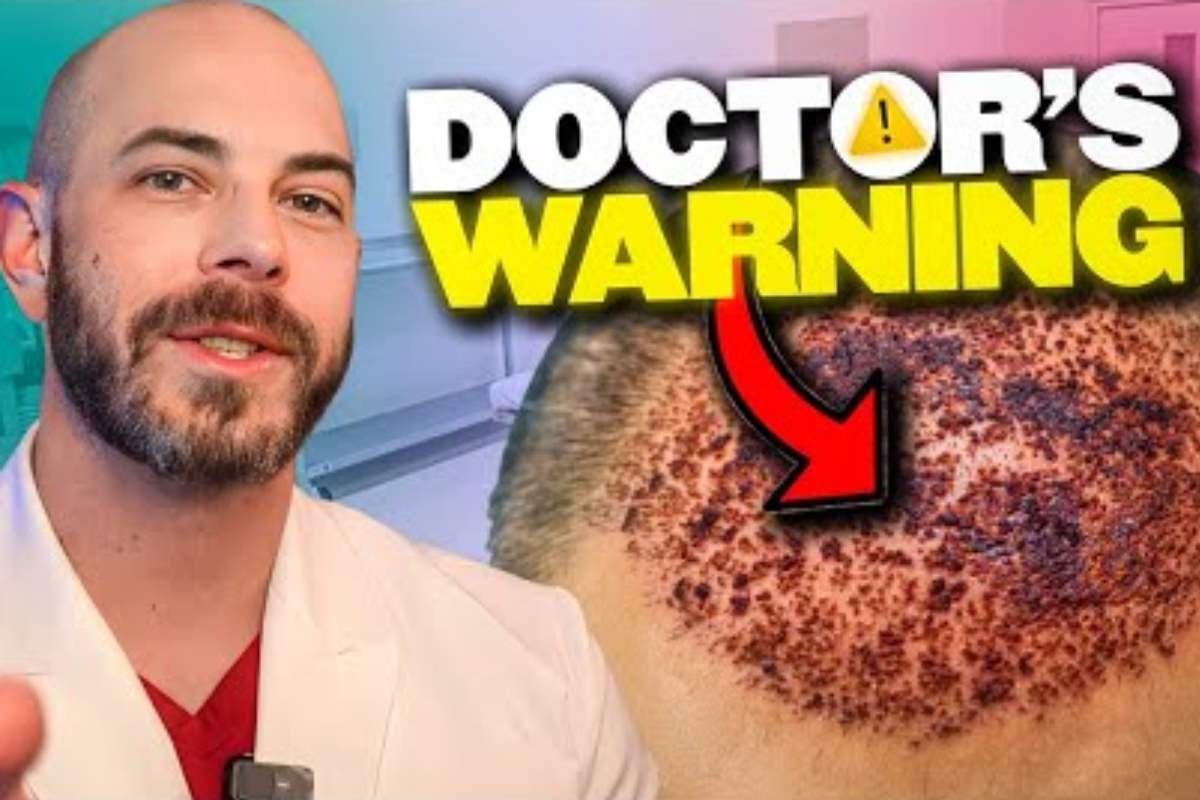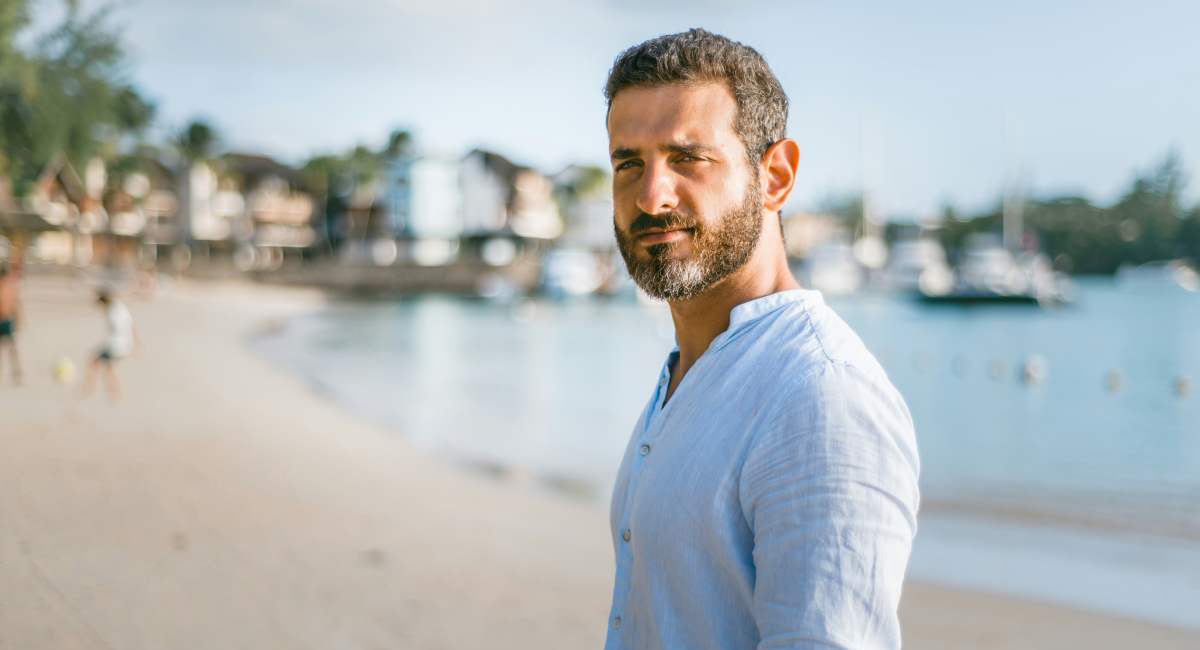Hair transplant procedures have become extremely popular over the last decade and is estimated to grow by another 9.9 billion USD from 2021 to 2026. In 2022 alone, predictions are that the hair transplant market will grow upwards of 8% from where it was in 2021.
The growth within the hair transplant market just goes to show that as technology and procedures improve, more and more people are trusting doctors and surgeons to restore their hair in ways that weren’t possible before.
As we continue to move through 2022, there are a few hair transplant trends that we expect to see significant growth from. These techniques, products, and procedures have been slowly rising in popularity with hair loss specialists around the world, but we believe that 2022 will see significant grown in these areas.
What to Look for in Hair Transplants in 2022
Robotic Hair Transplants
Robot assisted hair transplants have been steadily improving since their introduction in 2009. The Neograft SAFER (Semi-automated Follicular Extraction) was the first hair transplant assistance device to be developed to help doctors remove the donor hair more precisely and with less human fatigue.
Since the Neograft SAFER was introduced in 2009, the ARTAS Robotic Hair Transplant System was developed and approved in 2011. The ARTAS is now the most widely used robotic hair transplant system in the world and is currently the system we use to perform our FUE transplants in the Limmer Hair Transplant Center offices.
Even though these robotic or assistant devices have been around for over 10-years now, not every hair transplant office or doctor uses them. We anticipate even more doctors -and sadly even unlicensed practioners with variable training or certification levels- jumping on board with this trend and adding these sophisticated robots to their tool kit as the year goes on but beware that not every hair clinic, even those utilizing the very best technology is created equal.
Robot assisted transplants still require a skilled doctor at the helm, as the robots are not equipped to make the excisions all by themselves in a natural way. The ARTAS robot is programed to excise follicles from the donor region using an algorithmic approach that includes evaluating the donor density, the quantity of multi-hair follicular units FU, the angle of the hair as it exits the skin, the depth of required to fully excise the FU. But the robot still needs guidance. If the grafts are excised too close together, this could leave the patient with unnatural looking results or patchy areas. Because of this, a skill professional should still be determining where to excise the donor hair from and in what pattern and distribution.
Unfortunately hair transplant robots aren’t sophisticated enough to perform these procedures all on their own, but with the advancements made over the course of the ARTAS robots lifetime, we have no doubt that the day will one day come where the robot becomes smarter at mapping out the areas of the scalp in order to make the excisions seem more natural.
This is why it’s extremely important that you make sure you’re transplant is performed by a skilled physician and not just a random doctor or medical director that decided to buy a robot and start doing hair transplants purely for financial gain. There’s a long learning curve to hair transplant that requires both skill and art to achieve beautiful natural results. When done wrong the results can be less than desirable or even disastrous.
We have already seen a number of unqualified doctors and medical spas adding ARTAS robots to their offices in an attempt to capture the hair transplant market. We expect this number to continue to climb in 2022 as the prices of these robots go down.
We do love our ARTAS robot, and it helps immensely with hand fatigue and precision when excising donor hair for long periods of time, but this is one trend for 2022 that we would advise keeping an eye on. Always make sure you’re using a skilled physician.
Advancement in Experimental Hair Loss Treatments / Lab Grown Hair
Biologists and researchers have started working with lab grown hair as well as hair grown on animals with the hope of creating treatments to treat the underlying causes of hair loss.
We know that hair transplanted from another individual does not have a very good success rate, but being able to study human hair follicles and the reprogramming of cells, in animals, could lead us to be able to reprogram ordinary human cells into hair follicle cells, which could then be implanted into a person.
And since we are born with a fixed amount of hair follicles on our body, this would be a great way to be able to replenish lost hair follicles as we get older.
This research is still years away from being completed, but it’s very exciting to see new advances being made in the quest to restore hair to those who have lost it.
Medicinal Hair Loss and Non-Surgical Treatments in 2022
Just as advancements in surgical procedures have been made over the years, the non-surgical and medicinal treatment of hair loss has evolved as well.
While hair transplant surgery is minimally invasive it still requires many cuts or punctures in the scalp in order to harvest and re-implant follicles for transplant, which can be painful and takes time for recovery.
We expect to see an influx of people trying out different medicinal and non-surgical treatments as we move through 2022.
Natural hair growth products like Nutrafol has grown in popularity over the last year and we expect it to continue to grow as people are looking for more natural solutions. Nutrafol uses 100% natural ingredients to help stimulate hair growth and reduce hair loss. It targets areas that can cause stress, DHT, inflammation and compromised nutrition in an attempt to reduce the hair loss caused from those elements of our lives and bodies.
Other treatments like PRP treatments as well as laser light therapy continue to be as popular as ever for people looking to help slow down their hair loss but aren’t quite to the point where they would require a hair transplant.
Stem Cell treatments continue to create a lot of buzz in nearly every aspect of medicine including hair loss. Stem cell derived procedures using “exosomes” or “extracellular vesicles” to stimulate hair growth are becoming more popular and more publicized and while may show promise, they are still in their infancy in terms of research and evidence not to mention as of today’s publication, they are not FDA approved for injection into humans.
Hair transplant and non-surgical medicinal treatments for hair loss continue to advance in ways that weren’t even possible 20 years ago and we expect these methods to continue to grow in popularity moving forward.
If you’re looking for more information regarding hair transplant procedures or non-surgical hair loss options, we would love to setup a consultation. Our doctor can explain the different treatments available for you and advise on which ones would provide the best results for your condition.







